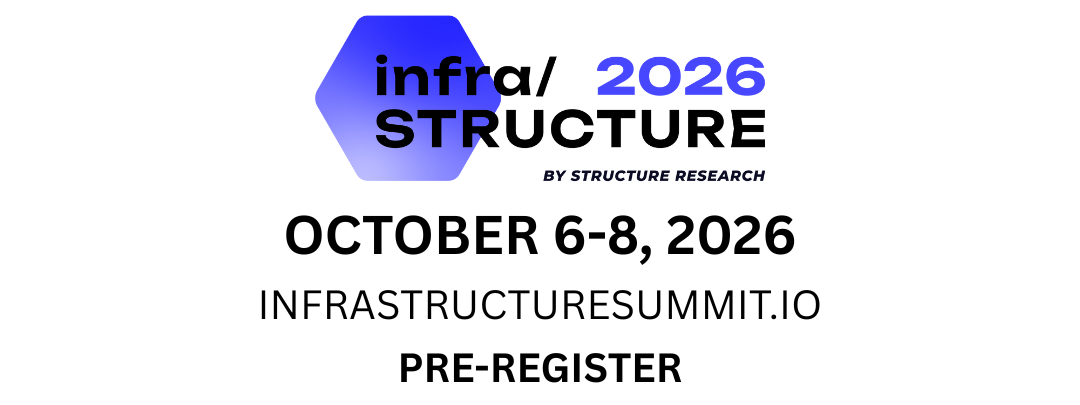WSS: Earnings season reveals health of webscale, neocloud and managed infrastructure segments as demand permeates ecosystem
Another week saw the peak of earnings season as a significant cross-section of the cloud and managed infrastructure space reported its results, providing a good sense of how the sector is tracking. On the webscale side, DigitalOcean and Akamai reported, while in managed infrastructure, Rackspace released its results. The neocloud segment now has a public comp and CoreWeave reported highly anticipated results that exceeded expectations and caused management to raise guidance again. CoreWeave’s growth continues to have an impact on data centre colocation demand and one of its partners is Applied Digital. Alongside Applied Digital reporting its own results, CoreWeave confirmed plans to expand its lease with Applied Digital at the data centre campus it is building in Ellendale, North Dakota. CoreWeave continues to aggressively build out infrastructure capacity and acquired Core Scientific recently to enable self-building capabilities. Things are already moving in this direction even as the acquisition has yet to close. CoreWeave recently acquired a site in New Jersey that it plans to convert into a data centre.
Webscale and managed infrastructure is not growing as aggressively as hyperscale cloud, but it is moving forward steadily with healthy growth rates. DigitalOcean grew at 14% y/y in the past quarter and Akamai is at about the same level. However, Akamai shared a new break-out, splitting its cloud revenue between legacy and next-generation. The non-legacy cloud business has seen healthy growth levels at around 30% y/y. Meanwhile, Rackspace has struggled for the last several years as it deals with a split in its business between legacy and next-generation offerings. Things are starting to incrementally improve for Rackspace and revenue attrition was lighter in the last quarter that it has been for a while. In contrast, CoreWeave’s growth is simply at another level and reflects the early-stage momentum of the neoclouds and the AI demand that is driving things. CoreWeave reached $1b in quarterly revenue and grew at over 200% y/y. It is now tracking to $5b in annual revenue in 2025.
The hyperscalers – Oracle, Amazon, Microsoft, Google – have reported and growth rates have been strong across the board, with signs of acceleration starting to kick in. CoreWeave certainly is tracking well, but there are also signs that neocloud and webscale cloud services are in a position to show some uptick in their growth rates as well. The secular tailwinds helping the sector are being felt across the value chain and it is not a surprise that there are good signs and indicators with KPIs and pipelines across the ecosystem.
Demand exceeding supply continues to be a common theme for infrastructure providers and that is one of the main reasons why CapEx levels continue to be high. The public cloud hyperscalers are all doubling down on CapEx investments and while Meta is not in the cloud business, it has done the same to support its AI initiatives. Apple is another hyperscale-type name to keep in mind and as part of its 2Q25 results, reported raising CapEx to support its internal AI initiatives. Apple’s annualized CapEx run-rate is now at about $4b. This comes after some reports emerged about Apple recently considering getting into the public cloud infrastructure business. That did not ultimately happen, but it is food for thought and something that we should not completely write off. Apple moving into cloud would lead it to invest heavily in CapEx, which would have obvious positive implications for the data centre infrastructure sector.
On the strategic side, we continue to see developments. The last few weeks saw a number of significant investments being made in operating platforms as investors look to get involved in the data centre value chain. And in the recent week, Apollo acquired a majority stake in Stream Data Centers to back its efforts to build more inventory for enterprise and hyperscale tenants.
or



